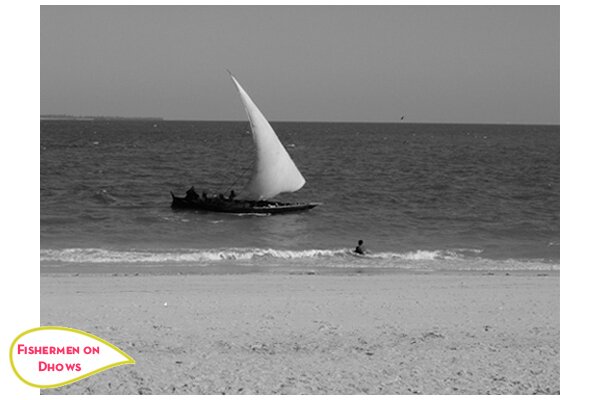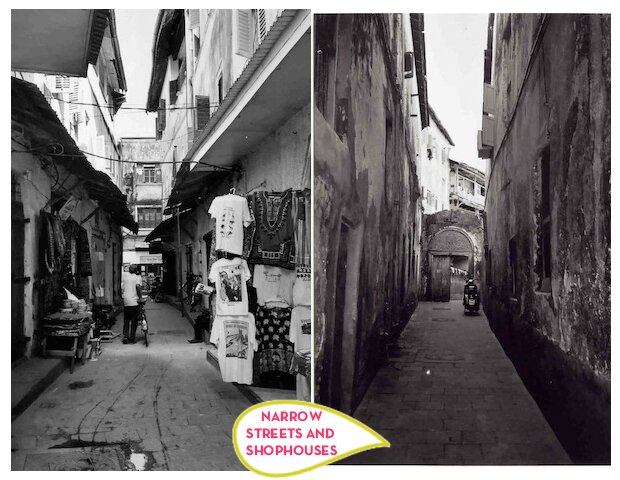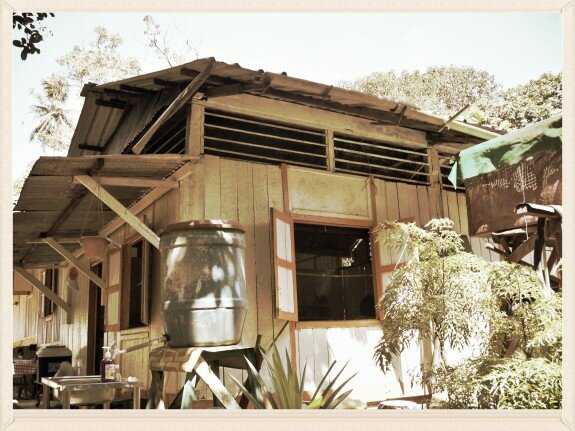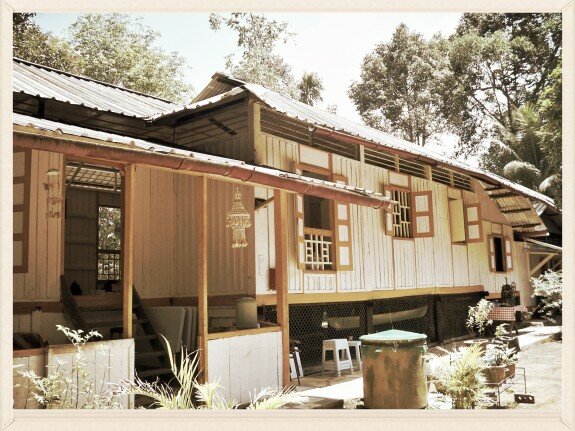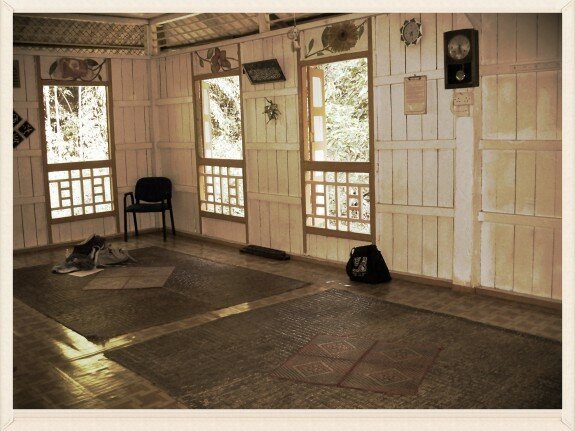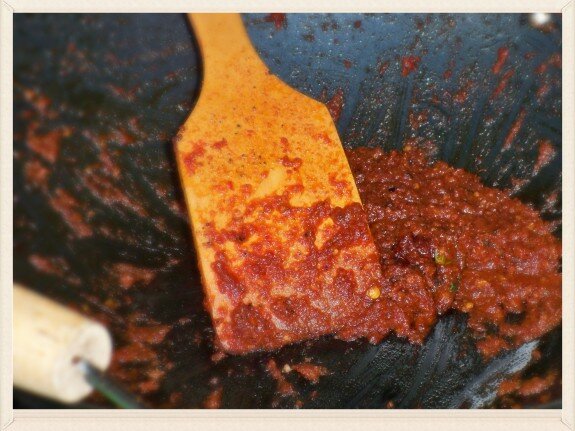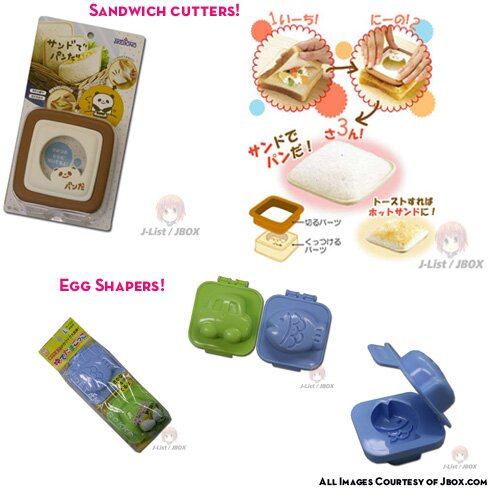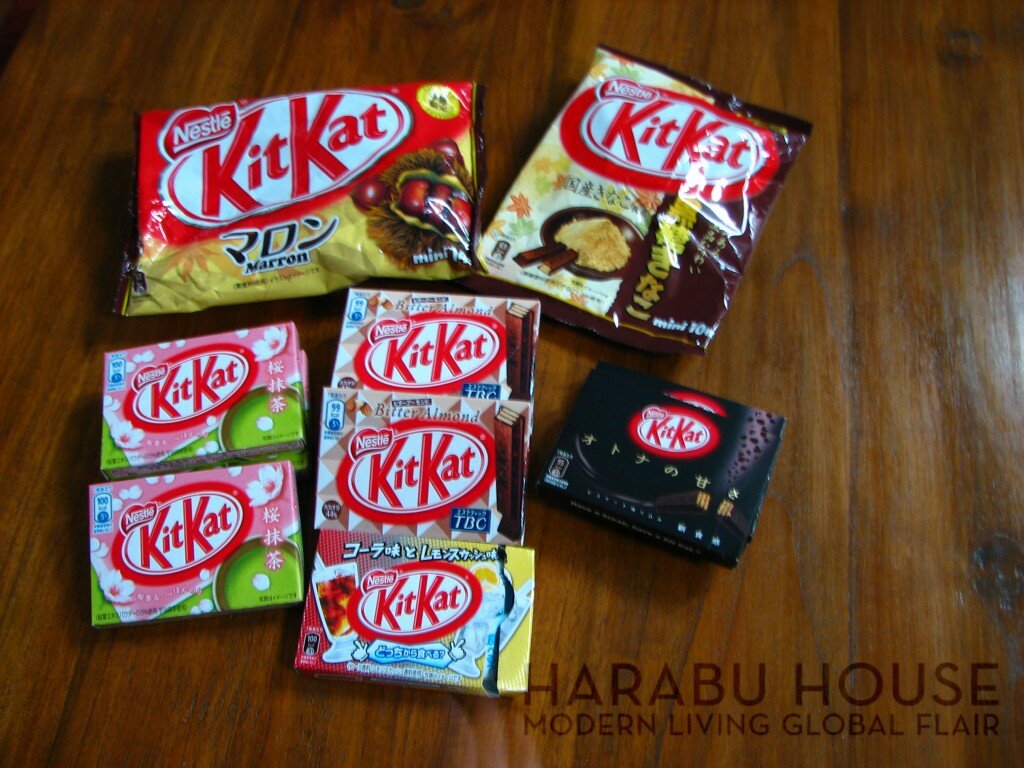I’m not hugely adventurous when it comes to trying bizarre foods, and perhaps that has to do with the fact that I grew up in a vegetarian household. My parents were very open-minded however, considering their strict vegetarian upbringing. They introduced meat to my sister and I, when we moved to Singapore with the hopes of integrating us into Singaporean culture easily, which boasts an amazing cuisine heavy on meat and seafood.
I love Japanese food, and here in the US, I’ve had the advantage of being able to read menus to decipher what I’m eating. But naturally, in Japan, that was a bit of a challenge. Most restaurants as expected, did not have English menus, so I was left with the choice of either only ordering something safe, like rice or noodles, or just randomly pointing at something in a menu, and prayed that it looked edible when it arrived. I chose the safe route, for the most part. That is, until my Japanese friends took me out for some REAL Japanese food!
I was asked if I wanted to have sushi or go for fugu. Yes, fugu – the puffer fish with the poison sac, where you could die if the chef wasn’t licensed and prepared the fish incorrectly. Yes, THAT fugu! We were at a pub and I had already finished a second pint of beer. Now, I knew what fugu was, and my first reaction was to say “NO WAY”. But somehow my friends convinced me otherwise, and without much protest, I obliged. I blame that lack of concern on the beer!
So off we went to a fugu restaurant that ONLY cooks fugu. It’s farm-raised fugu, and I was told the poison sac wouldn’t be as venomous as in wild fugu. Whew! That felt so much more comforting! I was also told that the antidote was kept at the restaurant just incase the chef had an off day! Great! Just what i wanted to hear!
Despite some initial reservations, I have to say, that the whole meal was probably one of the best meals I’ve EVER had! The restaurant was lovely – exactly what I pictured a traditional Japanese restaurant to look like. We were seated at a traditional booth, with shoji screens for privacy. We took off our shoes and crawled in. Without any time to ease into the experience, we were immediately served warm sake with a fried fugu tail infused into the sake. I must say it was delicious! It gave the sake a roasted aroma, which was exactly what we needed, given the dropping temperatures outside.
The fugu sashimi course arrived. It looked like glass noodles. And it had a similar texture as well. There was no particular taste to it, but the texture was really what was appealing. This was followed by the steamboat course, where you cooked raw fugu (still hopping on your plate! I kid you not). Vegetables were added as well, and after a minute or two, the fugu was ready to eat. The hot steaming bowls of broth and fugu were delectable and I finally understood why people took such great risks to try this fish. And finally, once all the fish was consumed, cooked rice was added to the remaining broth. This porridge was then eaten with a splash of soy sauce. The flavors were amazing and it strangely felt so comforting.
By now, the beer and sake were beginning to wear off. Expecting to feel mortified of what I had just consumed, I was surprised to feel completely satisfied.
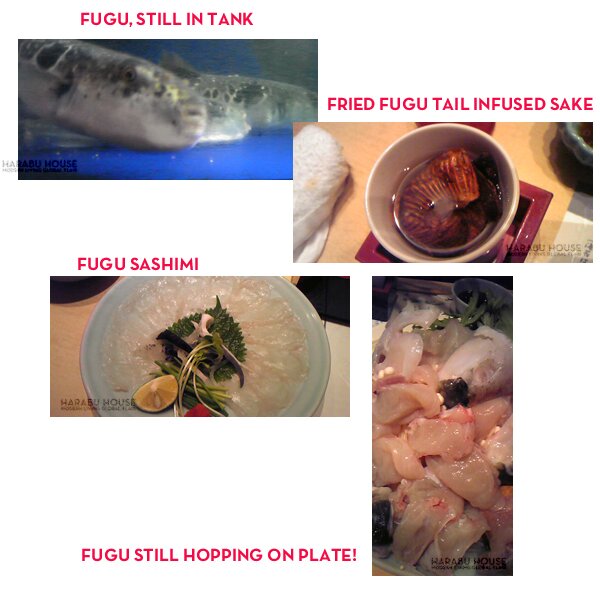 In the end, I was so thankful my friends had convinced me to try fugu, but perhaps slightly more thankful to be alive to talk about it today!
In the end, I was so thankful my friends had convinced me to try fugu, but perhaps slightly more thankful to be alive to talk about it today!




